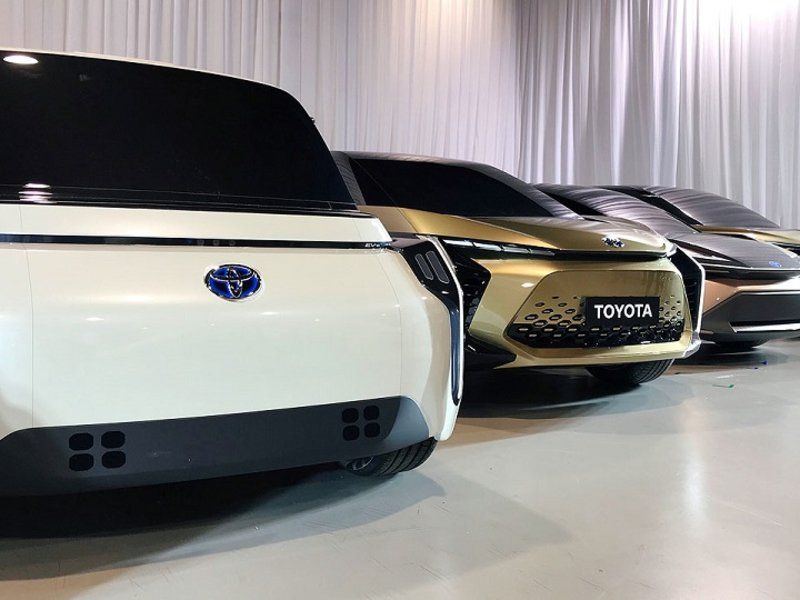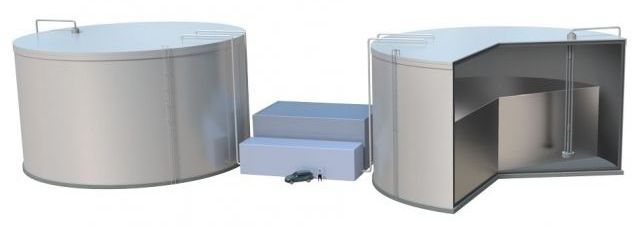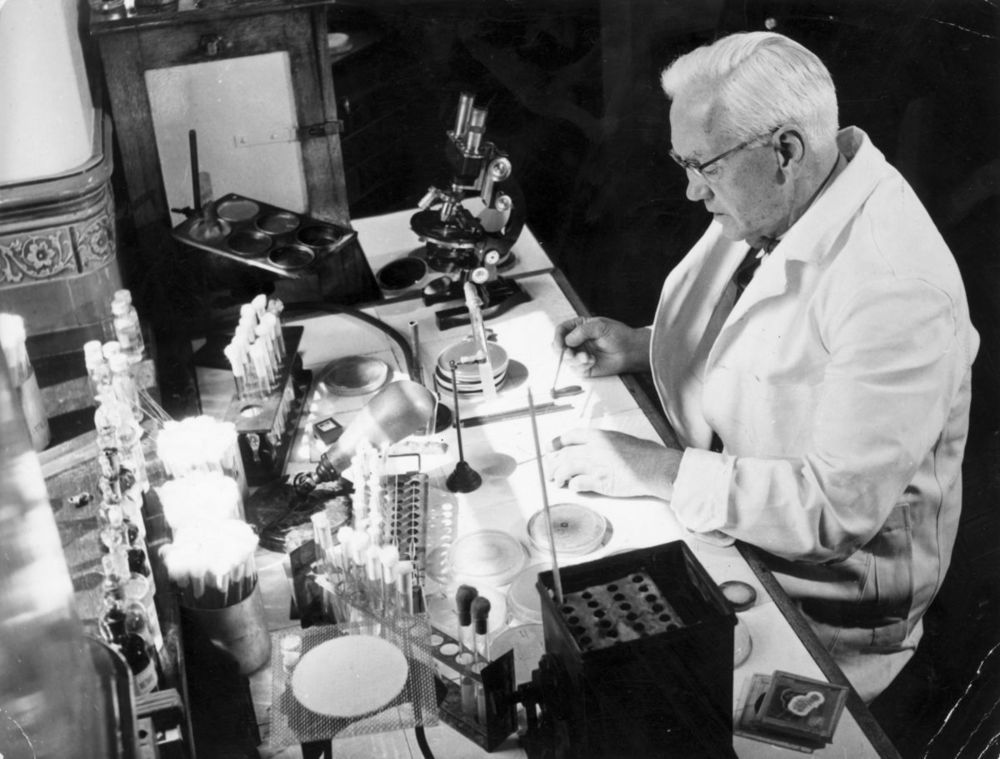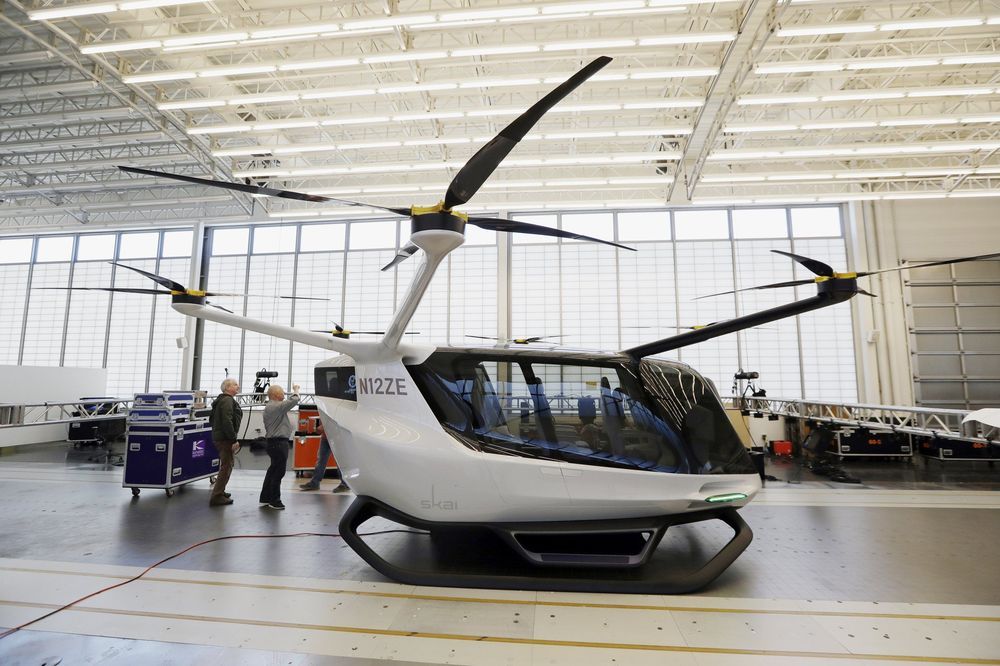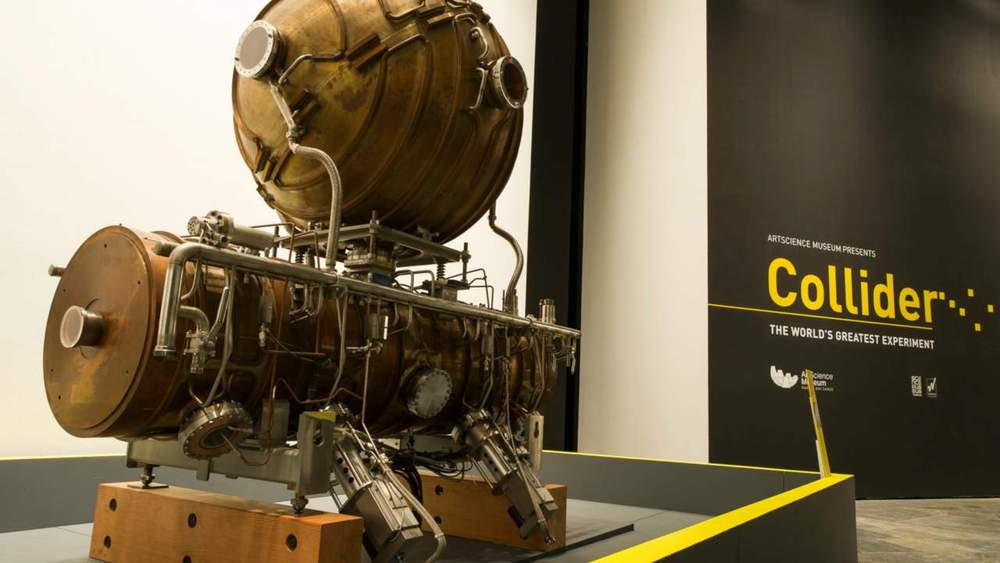Archive for the ‘energy’ category: Page 276
Jun 10, 2019
How To Build A Real Lightsaber
Posted by Quinn Sena in categories: energy, physics, weapons

As even casual Star Wars fans will know, lightsabers are probably the coolest weapon ever to make an appearance on the big screen. Lightsaber fights are so elegant that they are almost hypnotic and, even though not all of us might have a strong enough flow of Force running through our veins, a lightsaber in the right hand is by far the deadliest weapon to be found in the universe.
The idea behind a lightsaber is simple genius: a light-weight and immensely powerful tool that uses a blade of energy to not only slice up disciples of the Dark Side in a single blow but also act as an effective shield against laser blasts. So why don’t we have working lightsabers in real life? Surely physicists must be smart enough (and big enough Star Wars fans) to be able to produce one of these incredible objects.
Jun 10, 2019
How a United Technologies-Raytheon tie-up could make a ‘monster supplier’ and reshape the industry
Posted by Derick Lee in categories: business, energy, military
The combined company, with big footprints in both the fast-growing commercial aerospace business and an increase in military spending, may be emboldened to push back on big customers like Boeing, Airbus and Lockheed Martin in terms of pricing, aftermarket work and intellectual property.
United Technologies has struck a deal to combine its booming aerospace business with defense contractor Raytheon, a surprise twist capable of rattling customers and competitors alike.
The deal would create a giant, one-stop shop with products that range from Tomahawk missiles and radar systems to jet engines that power passenger planes and the seats that fill them.
Jun 9, 2019
Photonic Sentry
Posted by Richard Christophr Saragoza in categories: energy, food, government, military
THE PHOTONIC FENCE:
Laser Insect Monitoring and Eradication.
The Photonic Fence is poised to revolutionize response to and monitoring of harmful insect incursions in agriculture, hospitality, government, military and residential pest control markets.
Jun 8, 2019
Toyota pulls forward electrification plan, eyes solid-state battery next year
Posted by Quinn Sena in categories: energy, transportation
TOKYO — Toyota is ramping up electric vehicle deployment plans, pulling forward its goal of selling 5.5 million electrified vehicles by five years and aiming to develop a solid-state battery by next summer as it races to meet a “sudden surge” of EV popularization.
Toyota now aims to sell some 5.5 million traditional gasoline-electric hybrids, plug-in hybrids, EVs and hydrogen fuel cell vehicles by 2025. Nearly 1 million of them could be pure EVs.
Executive Vice President Shigeki Terashi, Toyota’s r&d chief, outlined the new roadmap in a June 7 briefing about the company’s EV plans. In December 2017, the company had said it wanted to sell that many electrified vehicles by 2030, five years later than the revised outlook.
Continue reading “Toyota pulls forward electrification plan, eyes solid-state battery next year” »
Jun 8, 2019
“Sun in a box” would store renewable energy for the grid
Posted by Quinn Sena in categories: energy, sustainability
Design for system that provides solar- or wind-generated power on demand should be cheaper than other leading options.
Jun 3, 2019
Science Was Never Unique to the West
Posted by Derick Lee in categories: energy, science
This pugnacious antipathy toward scientists, research funding and universities threatens to undercut the very advantages that have made the U.S. such a dominant technological power over the last century. Just as Hasan Ibn al-Haytham’s achievements draw a sharp contrast with the Middle East’s current lagging position in science, sepia-colored nostalgia for Isaac Newton will ring bitterly hollow if the West turns away from Newton’s legacy. A civilization is only as great as its last failure.
It’s absurd to claim otherwise — especially now, as America turns away from Newton’s legacy.
Jun 2, 2019
Flexible generators turn movement into energy
Posted by Quinn Sena in categories: energy, wearables

Wearable devices that harvest energy from movement are not a new idea, but a material created at Rice University may make them more practical.
The Rice lab of chemist James Tour has adapted laser-induced graphene (LIG) into small, metal-free devices that generate electricity. Like rubbing a balloon on hair, putting LIG composites in contact with other surfaces produces static electricity that can be used to power devices.
Continue reading “Flexible generators turn movement into energy” »
May 29, 2019
Hydrogen-power electric flying vehicle: Long road to liftoff
Posted by Genevieve Klien in categories: drones, energy
LOS ANGELES (AP) — A transportation company is betting its sleek new hydrogen-powered electric flying vehicles will someday serve as taxis, cargo carriers and ambulances of the sky, but experts say they will have to clear a number of regulatory hurdles before being approved for takeoff years in the future.
With six rotors on the roof and seats inside for five people, a passenger model of the Skai (pronounced “sky”) unveiled Wednesday near Los Angeles resembles an oversized drone crossed with a luxury SUV.
Like a drone, the vehicle from Alaka’i Technologies takes off and lands vertically. It’s one of many similar electric flying crafts in production, including prototypes from Boeing and Airbus that made successful test flights this year, according to Vertical Flight Society, an industry group.
Continue reading “Hydrogen-power electric flying vehicle: Long road to liftoff” »
May 27, 2019
CERN travelling science exhibit comes to India: Here’s when and where you can catch it
Posted by Genevieve Klien in categories: energy, science
The science exhibition, which goes by the name “Vigyan Samagam”, will highlight India’s contributions to some of the world’s biggest science projects. It is a jointly-funded effort by the Department of Atomic Energy (DAE) and the Department of Science & Technology (DST).
While in India, the CERN exhibit will be bilingual — in English and Hindi for the public to make the most of.




